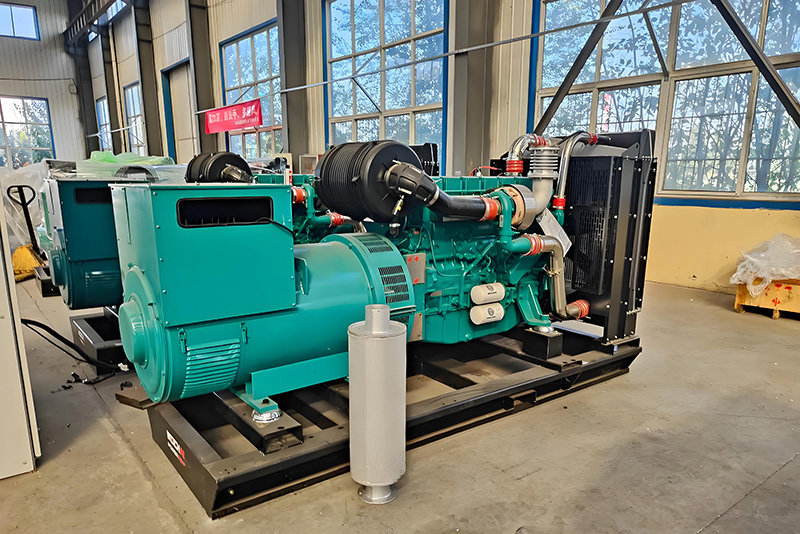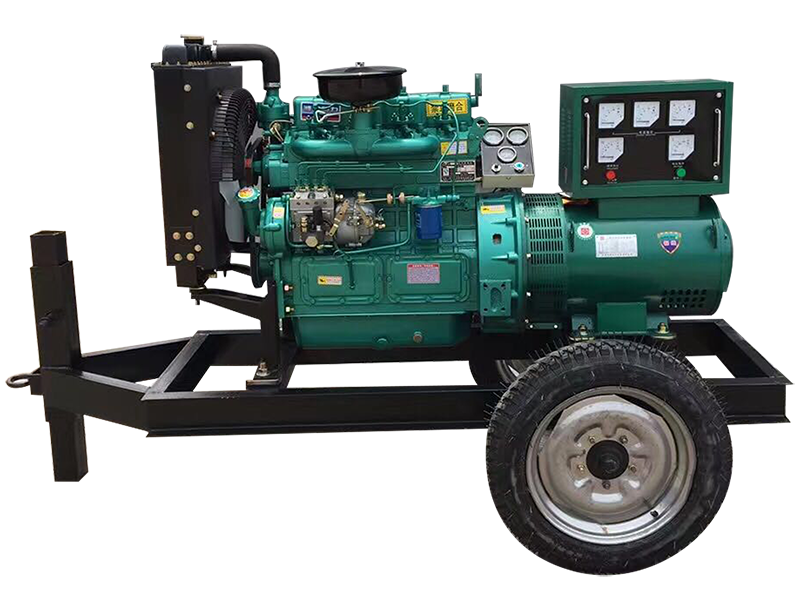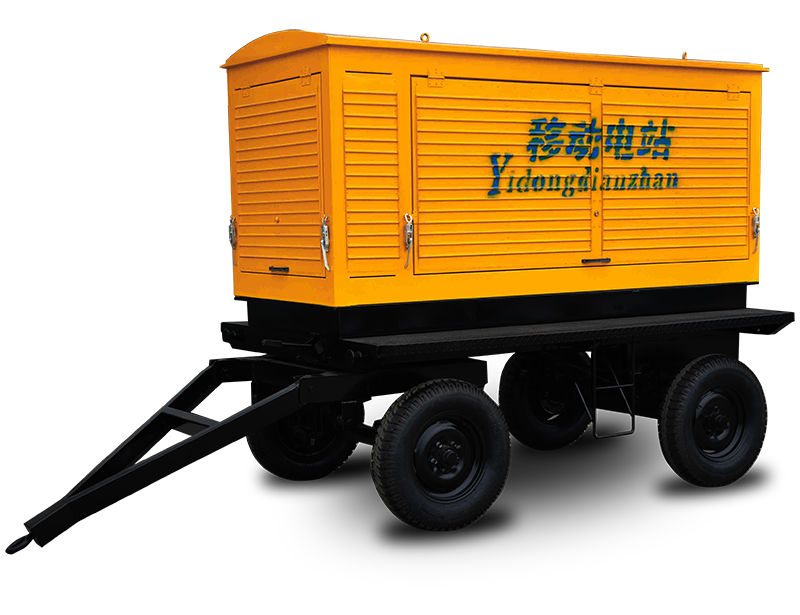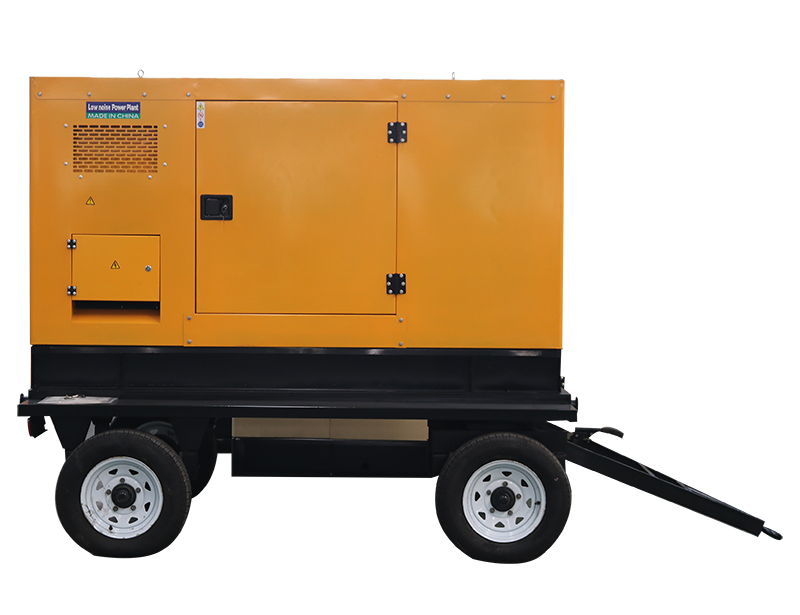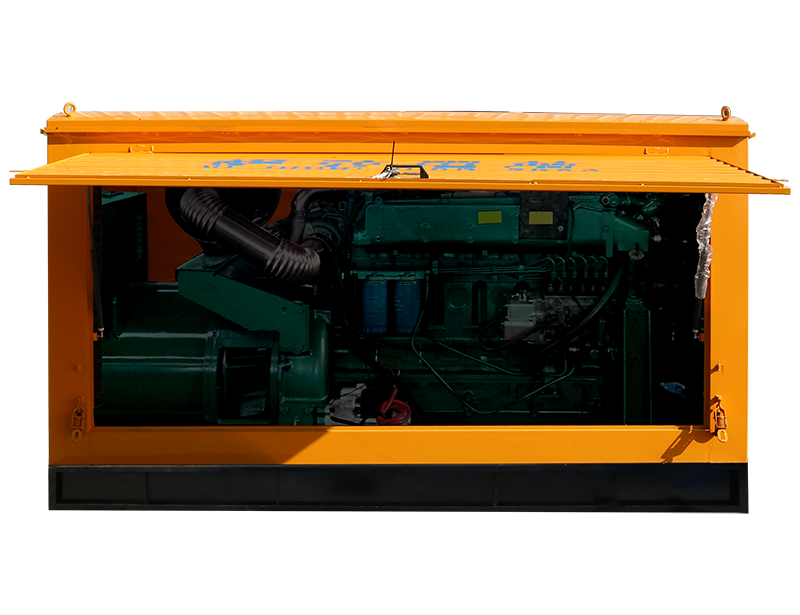Global Backup Power Buying Guide: 5 Key Factors for Choosing High-Quality Generator Sets
Power interruptions can halt production, disrupt healthcare, and damage data integrity. High‑quality generator sets (gensets) ensure continuity when grid power fails or is unstable. This guide outlines the five key factors global buyers should evaluate to secure reliable backup power solutions that deliver performance, compliance, and long‑term value.
Five Key Factors to Evaluate
1) Power Capacity & Load Requirements
Start by calculating kW/kVA demand for critical and non‑critical loads. Consider starting currents for motors, power factor, and future expansion. For scalability, specify a genset that comfortably handles peak loads with headroom for growth.
Define essential vs. non‑essential loads and diversity factors.
Account for voltage dip tolerance and frequency stability during motor start.
Plan for N+1 redundancy in mission‑critical scenarios.
2) Engine Type & Fuel Efficiency
Diesel engines are favored for rugged reliability and fuel economy; natural gas offers lower local emissions and easier onsite integration where gas lines are available. Compare specific fuel consumption (SFC), emissions tiers applicable in your region, and altitude/ambient derating.
Evaluate SFC (g/kWh) at 50%/75%/100% load.
Match to regional emission standards and available fuel logistics.
Consider extended fuel tanks and runtime needs for outages.
3) Durability, Build Quality & Environmental Fit
Look for heavy‑duty alternators, robust cooling, anti‑corrosion enclosures, and vibration isolation. For harsh climates, specify tropical radiators, pre‑heaters, or dust‑proof canopies. A durable genset reduces lifecycle cost and unplanned downtime.
Ingress protection and weather‑resistant canopies for outdoor installs.
Sound‑attenuated enclosures for low‑noise urban or hospital sites.
High‑temperature, high‑altitude derating compliance.
4) Control System & Smart Monitoring
Modern digital controllers enable automatic transfer, remote monitoring, and event logging. Prioritize ATS compatibility, protections (over/under voltage, frequency, and overload), and remote alarms to shorten response time and simplify maintenance.
Real‑time visibility of voltage, frequency, and fuel level.
Auto start/stop, load sharing, and synchronization options.
Remote diagnostics to reduce downtime and site visits.
5) After‑Sales Service & Global Support
A reliable supplier provides fast parts, technical guidance, and scheduled maintenance. Verify warranty terms, commissioning support, training, and the availability of service partners in your country.
Clear SLA for parts and field service.
Documentation: user manuals, wiring diagrams, and maintenance schedules.
Lifecycle support including upgrades and overhauls.


